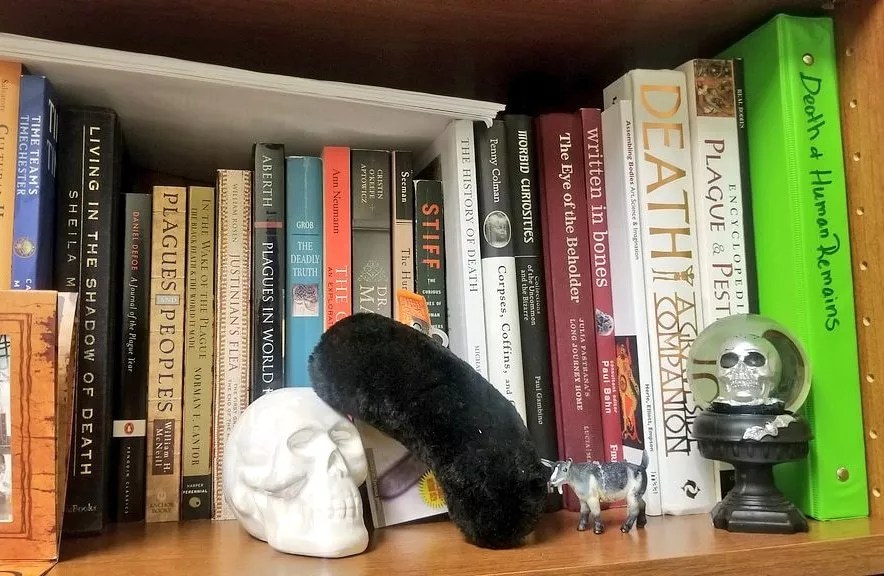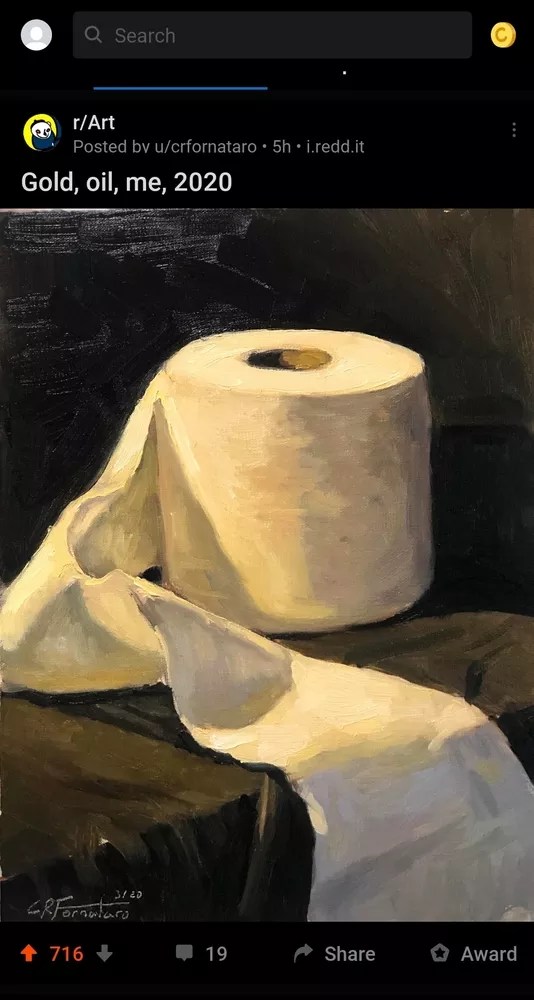
Katie Stringer Clary

Audio By Carbonatix
“This was a very terrible and melancholy thing to see….”
So begins a line from A Journal of the Plague Year, a novel by Daniel Defoe published nearly 300 years ago by a man who witnessed the bubonic plague devastate London many years before.
The journal inspired a trio of ASU professors to create an online resource documenting reactions to the coronavirus. They’re calling it A Journal of the Plague Year: An Archive of COVID19. It launched on Friday, March 13.
“At first, it felt like a grandiose title,” says archive co-founder and urban historian Mark Tebeau. “Now, it feels like this virus will be with us for a long time.”
When news happens, Phoenix New Times is there —
Your support strengthens our coverage.
We’re aiming to raise $30,000 by December 31, so we can continue covering what matters most to you. If New Times matters to you, please take action and contribute today, so when news happens, our reporters can be there.
At first, they conceived the journal as a student project. “We were looking for a way to help students cope and create a record of their experiences in a way that would also allow them to reflect on what we do as historians,” explains Tebeau.
Now, the archive is a public history project – and organizers are seeking submissions from people all around the globe.

Alex Cvancara submitted this painting spotted on Reddit.
u/crfornafaro on reddit.com
They built the site using the Omeka open-source platform developed in the aftermath of 9/11, which was also used to document Hurricane Katrina.
The curatorial team includes more than 20 people who sift through submissions, add relevant notes, and post select items online. They’re also gathering photos, written accounts, artworks, memes, video clips, audio accounts, and other cultural artifacts.
“This is a moment of reflection,” says Tebeau. “There are a lot of ways this disease will shape our society that we’re only beginning to understand.”
The archive captures a myriad of reactions to the COVID-19 pandemic and its impact on daily life. One entry shows a painting of a gold-tinged roll of white toilet paper, hinting at the way the hygiene product has become a hot commodity in affected areas. Another shows empty shelves lining an aisle in a Mesa grocery store, a phenomenon that’s become familiar in recent weeks.
Organizers hope submissions will elucidate the social experience of the present moment rather than dissecting the politics of it all.
“We’ve all essentially been told to go into some form of quarantine,” says Tebeau. “We’ve stepped away from the physical world, and we’re all struggling to make sense of it.”
There’s no end date for the project because it’s impossible to know how long COVID-19 will be around. For now, the team is focused on gathering more material and sharing it online.
“We hope this will get people to share their stories,” he says, “and to feel less alone.”